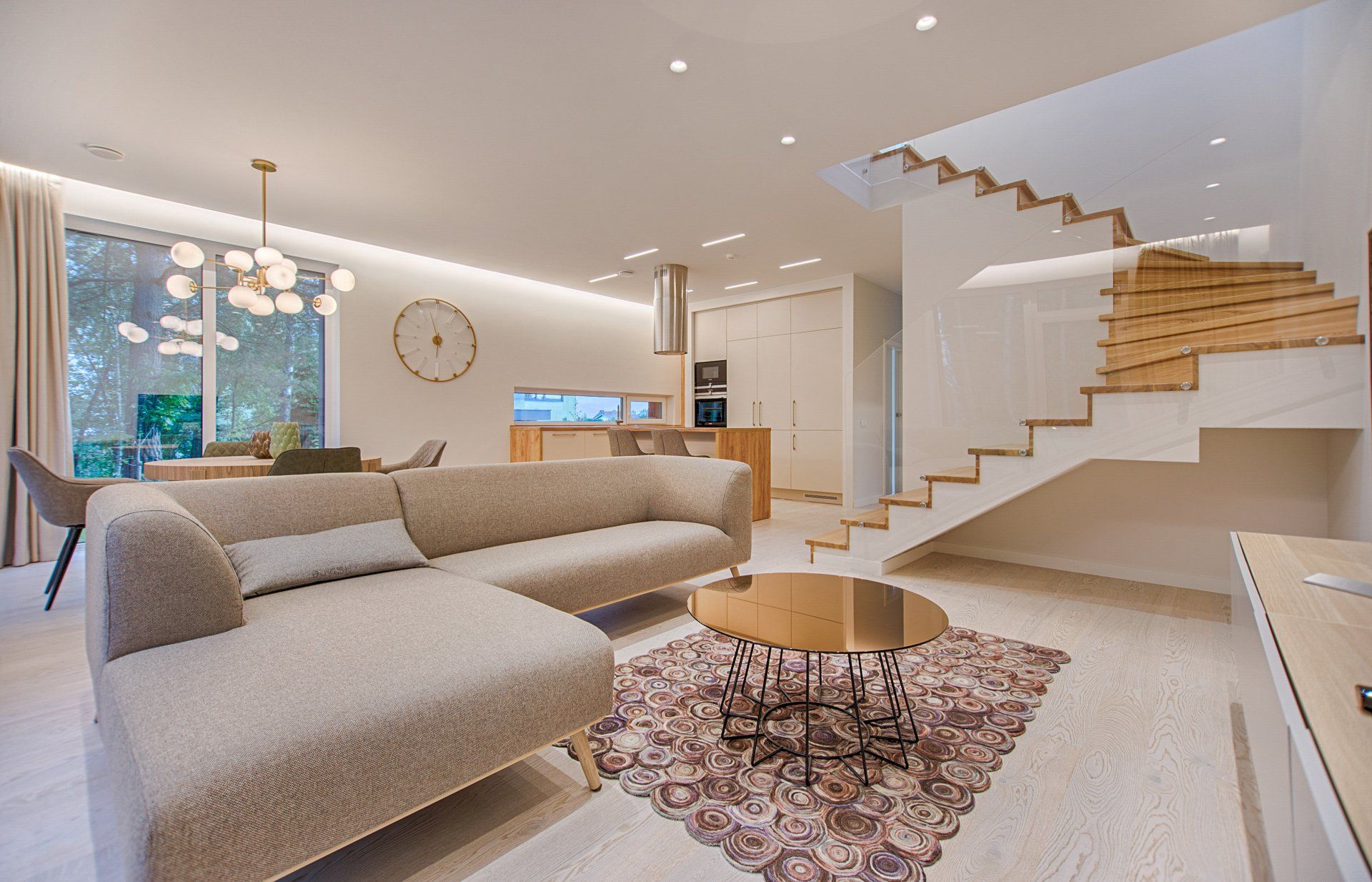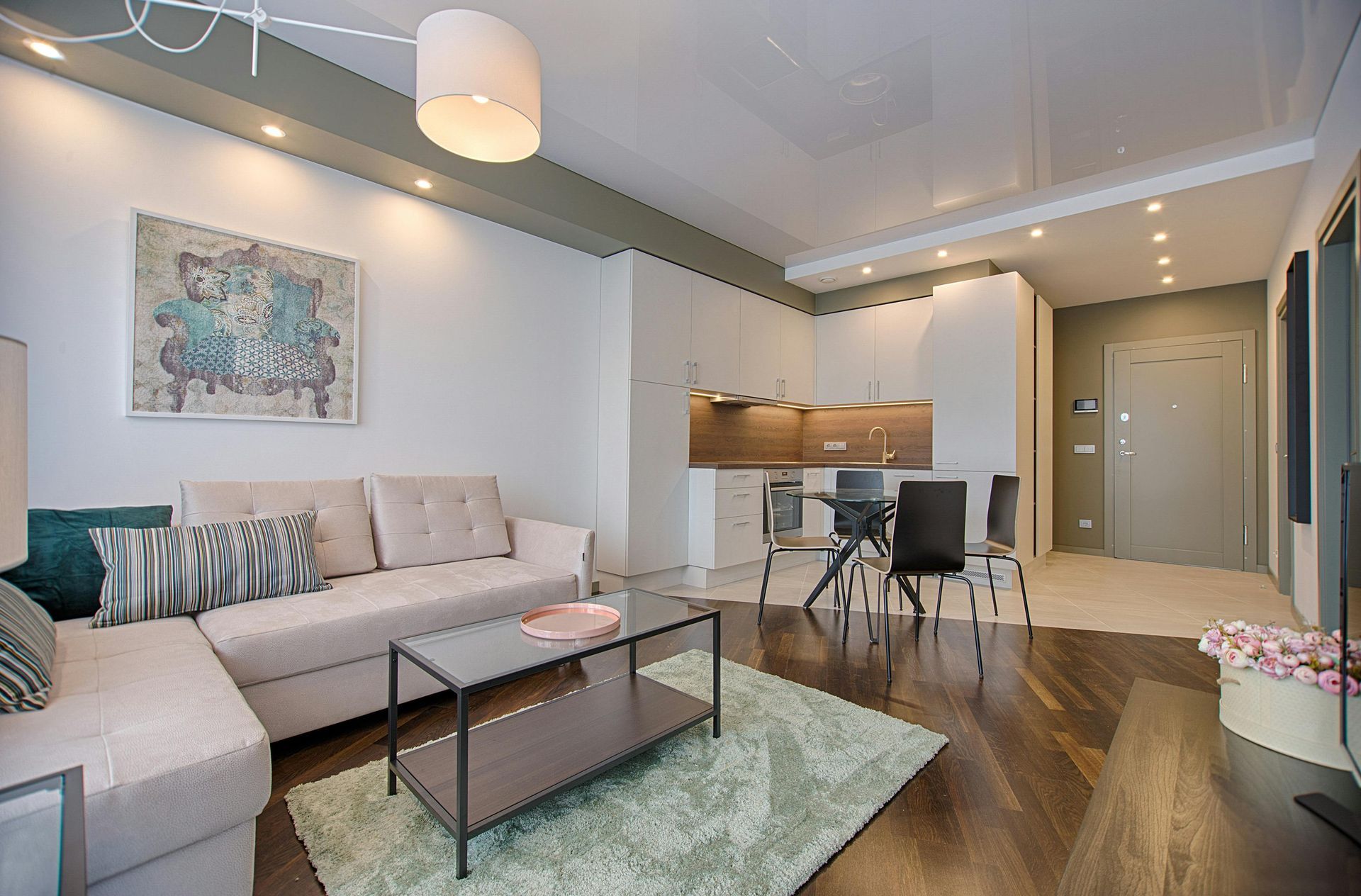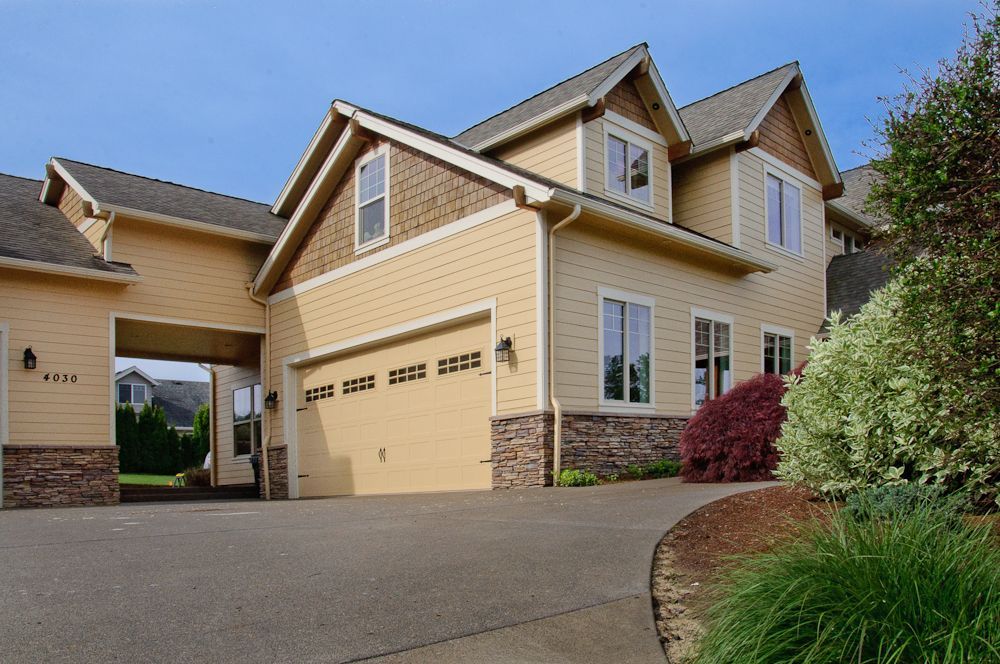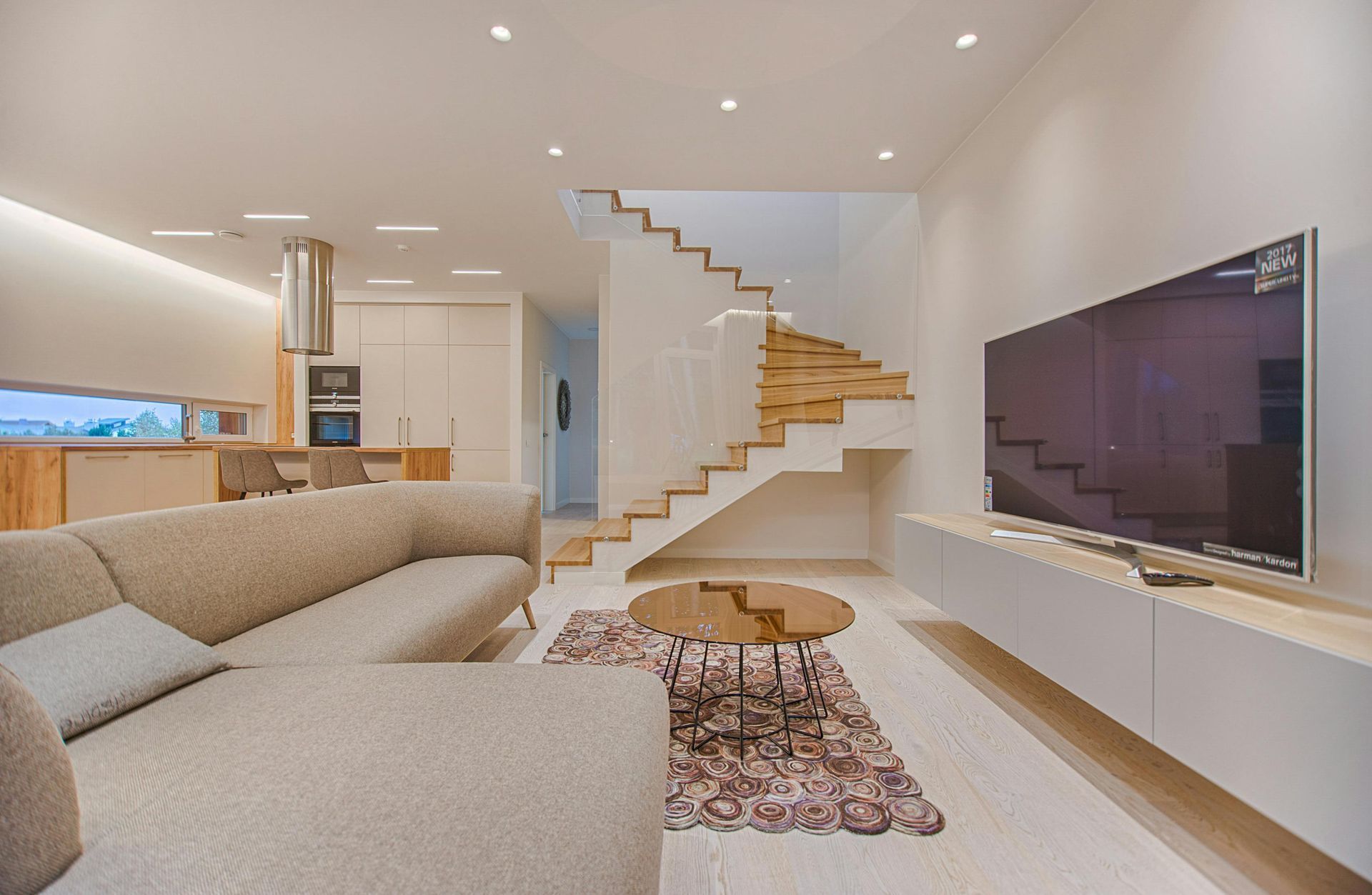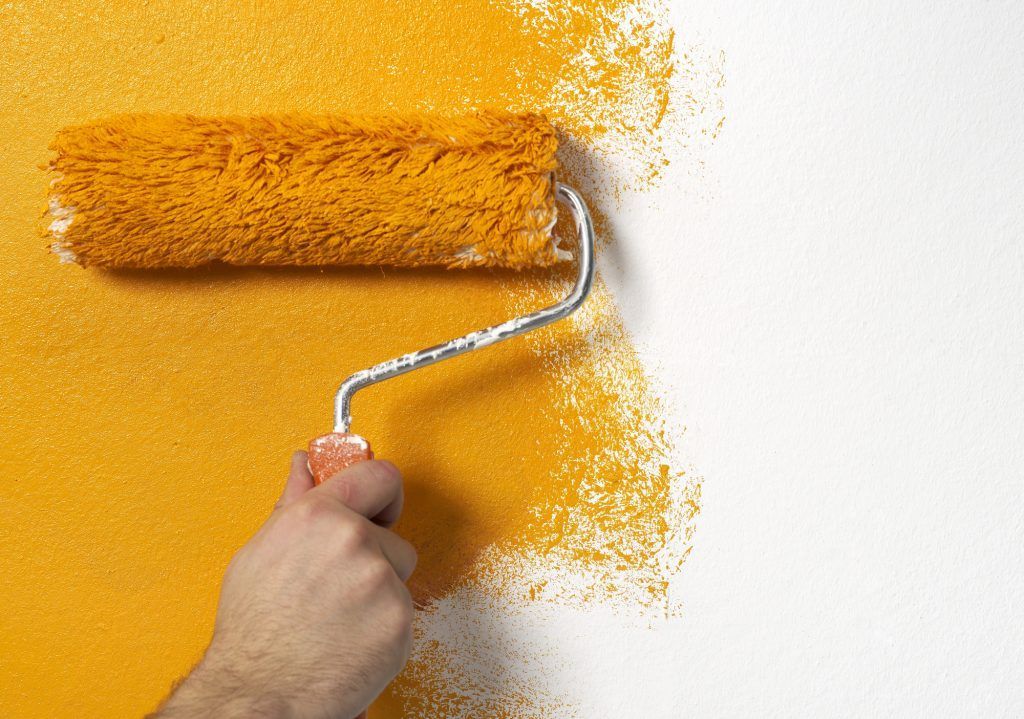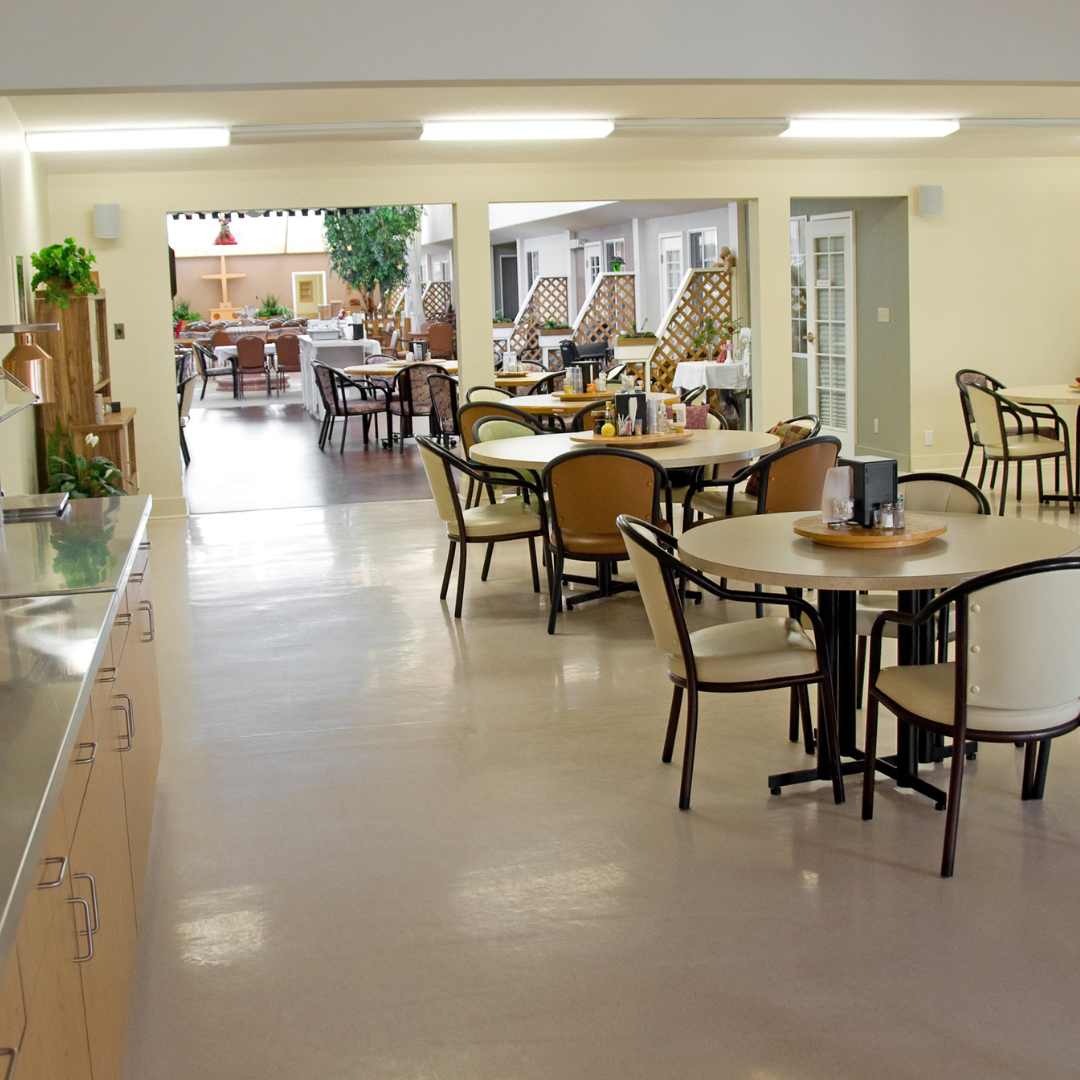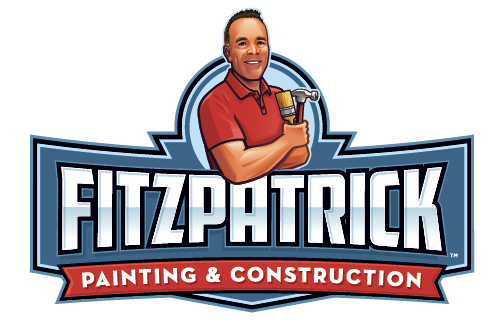Celebrating over 30 years
Painting vs. Staining a Deck - The Ultimate Guide
So, it’s time to show your deck some love… Smart move! A little TLC goes a long way, keeping those surfaces healthy, protected, and looking their best.
It does raise a REALLY good question, though:
should you
paint or
stain your deck in Willamette Valley?
One thing is clear, you should definitely put something on an unfinished, bare-wood deck. And both stain and paint are among the top options for getting that clean, custom look. But now you have a choice to make…
Let’s take a closer look at each option, plus we’ll introduce you to a third candidate you may have never considered.
Painting a Deck: The Good and the Bad
As you probably already know, paint is an easy-to-use product and usually has a thick viscosity (durability). But what do those two things have in common? Well, they both contribute to a number of key benefits.
Advantages of Painting a Deck
- Extensive Color Variety: Because paint is abundant, you can choose from an extensive range of colors, enabling you to match your deck to your home’s exterior or your personal style. We’re talking endless options.
- Thick Protective Layer: Because paint is thick it forms a solid layer over the wood, providing excellent protection against the elements, including UV rays, rain, and snow.
- Hides Imperfections: If your deck has some surface imperfections, paint can effectively conceal them, giving your deck a uniform and polished look. Keep in mind: you should never paint over damage to hide it. We’re referring more to the general age and look of your surfaces.
Disadvantages of Painting a Deck
- Prone to Peeling and Chipping: Painted surfaces eventually peel or chip, especially in high-traffic areas, requiring periodic touch-ups.
- Higher Maintenance Over Time: Maintaining a painted deck can be more labor-intensive due to the need for frequent touch-ups and a fresh coat every few years.
- Masks Natural Wood Texture: Painting covers the texture and grain of the wood, which might be a drawback for those who prefer a more natural look.
Staining a Deck: The Good and the Bad
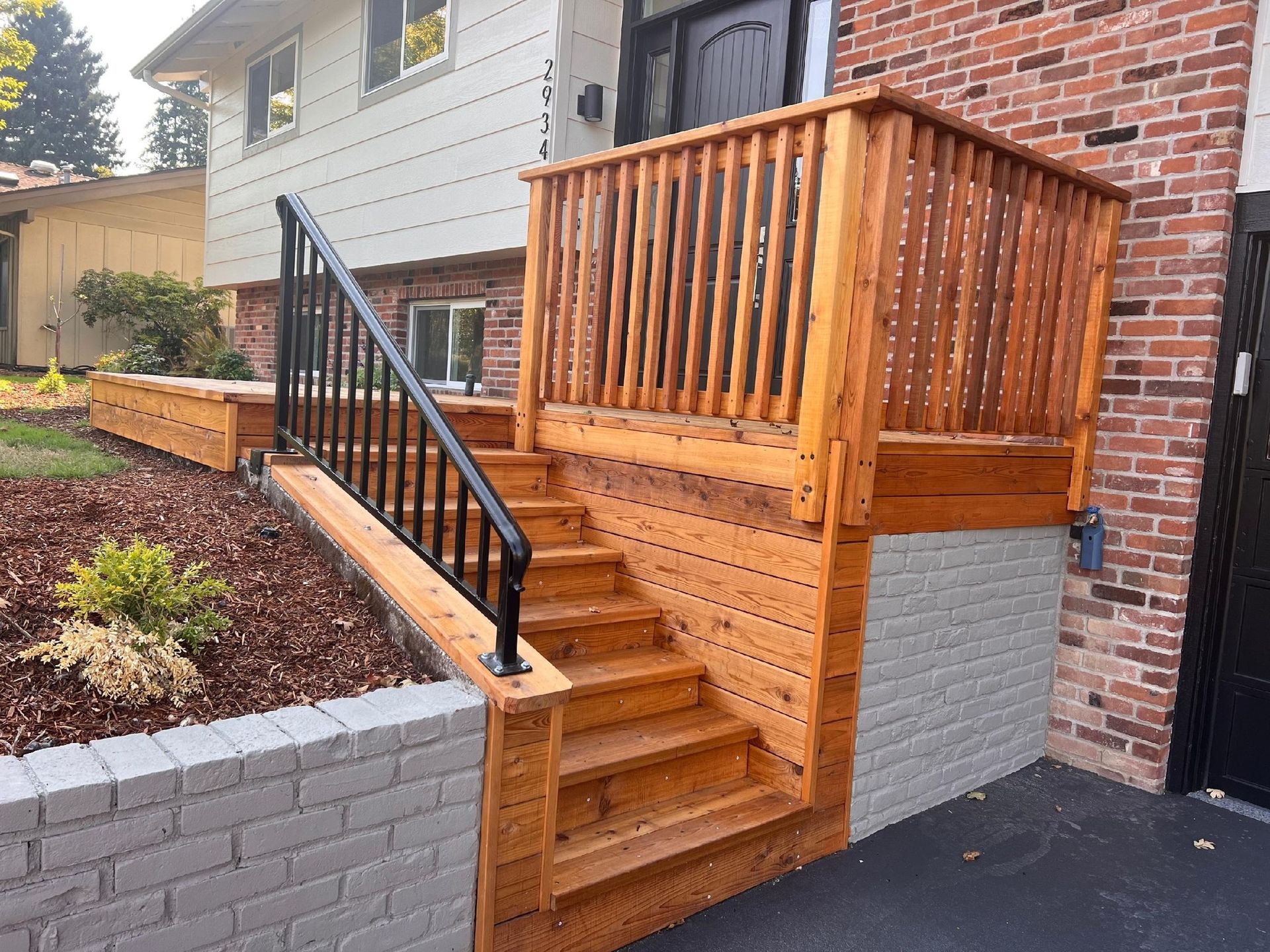
Let's move on to staining. Unlike paint, stain penetrates more deeply into the wood and usually comes in a semi-transparent finish (although there are solid options too). This offers a few key perks to consider.
Advantages of Staining Your Deck
- Enhances Natural Wood Grain: Staining highlights the natural grain and texture of the wood, preserving its organic appearance.
- Fewer Touch-ups: Staining calls for maintenance, but at least it won’t chip or peel.
- Penetrates Wood for Better Protection: Unlike paint, which sits on top of the wood, stain penetrates the wood fibers, providing deeper protection against moisture and UV damage.
Disadvantages of Staining
- Limited Color Options: Stains typically come in a more limited color palette compared to paint, focusing on enhancing the natural wood tones.
- Needs More Frequent Reapplication: Stains need to be reapplied more frequently than paint, often every two to three years, depending on exposure and wear.
- Less Effective at Concealing Imperfections: Stain is less effective at hiding surface imperfections, so the wood must be in relatively good condition before application.
Composite Decking: A Newer Option
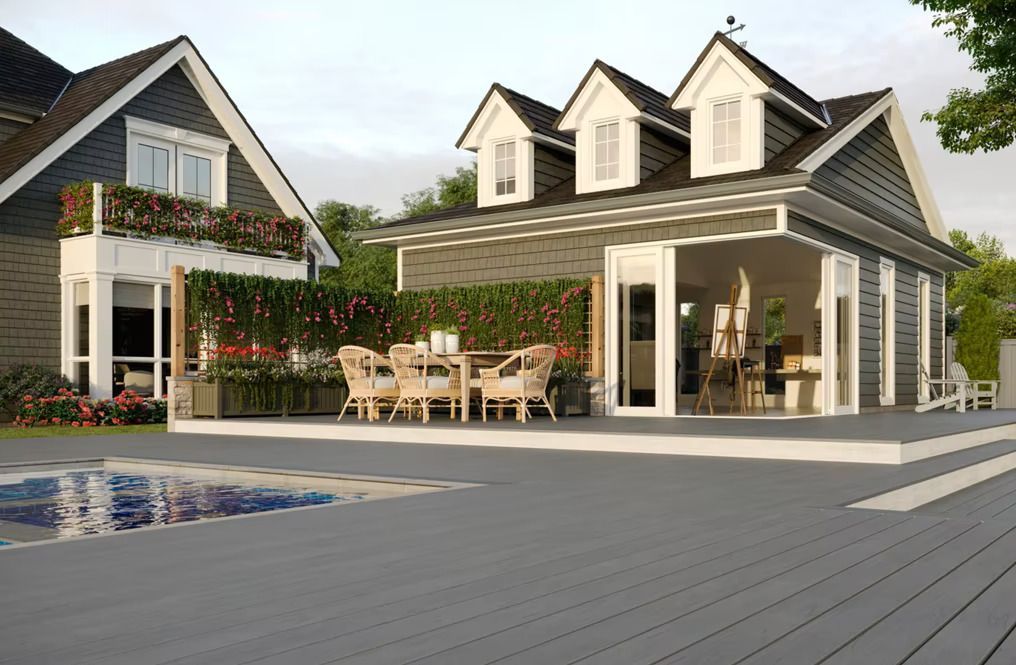
While this article is mostly about the decision between paint and stain, it's important to recognize the other good options out there. And as long as we’re talking about how to achieve a well-protected deck, we can't fail to mention composite decking.
Made from a blend of wood fibers and recycled plastic, composite decking is gaining popularity all over the country. This provides a durable and low-maintenance decking option that mimics the appearance of wood, but with a few key advantages mixed in.
- Low Maintenance: Composite decks require minimal maintenance. They do not need painting, staining, or sealing and can be easily cleaned with a power washer.
- Resistant to Weather, Insects, and Rot: Composite materials are highly resistant to environmental factors, including moisture, UV rays, and insects, ensuring a long-lasting deck.
- Durability: Composite decking is designed to last for many years without significant wear and tear, making it a cost-effective option in the long run.
Factors to Consider When Making your Decision
Aesthetic Considerations
When choosing between painting, staining, and composite decking, consider the look you want for your deck. As mentioned above, painting offers a wide range of color options, while staining enhances the natural beauty of wood, and composite decking provides a consistent look with minimal variation.
Maintenance Requirements
Maintenance is also a critical factor. Remember, painted decks require regular touch-ups and eventual repainting. Stained decks need reapplication every few years but are easier to touch up. Composite decks offer the advantage of being virtually maintenance-free.
Cost Analysis
Initial costs vary: painting and staining are generally more affordable upfront, but require that ongoing maintenance. Composite decking on the other hand has a higher initial cost but saves money over time with its durability and low maintenance requirements.
Environmental Impact
And finally, consider the environmental impact of each option. Stains and paints both emit VOCs (stains usually more), whereas composite decking often uses recycled materials and is designed to last longer, reducing waste.
What's the Takeaway?
There is a lot to consider when it comes to the best deck protection, but hopefully this guide helps you navigate the options and find a clearer path forward.
Looking for more advice? At Fitzpatrick Painting & Construction, we are all about helping our customers with every aspect of a project. Whether it's
painting,
staining, or even
composite decking installations, Fitzpatrick is your local professional!

FITZPATRICK PAINTING & CONSTRUCTION
IS CELEBRATING OVER 30 YEARS IN BUSINESS!
By using our website, you consent to our Cookie Policy, Privacy Policy, and Terms Of Service / Use.
All content Copyright © 2025 Fitzpatrick Painting & Construction Inc. Website by smallbee.com


